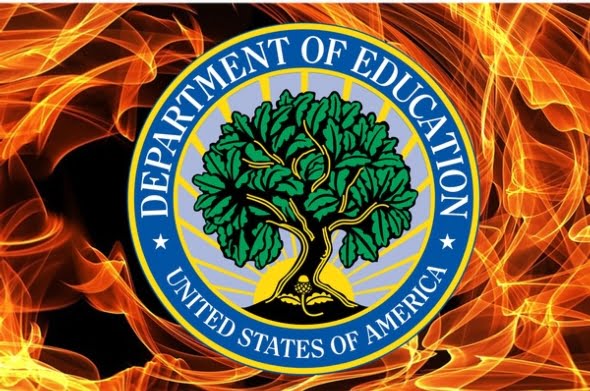
Apublic health emergency has been declared in Delhi on Friday after the air quality in the national capital further dipped to the hazardous “severe plus” category. The skies of Delhi-NCR, which has been covered in a thick blanket of grey smoke turned thicker on Friday morning, sending alarm bells ringing.
The Delhi government has declared a holiday for schools in the city while most people in the city can be seen walking around wearing masks to avoid breathing the poisonous air.
While authorities have announced an array of measures such as a ban on construction activity in the region till November 5, the odd-even vehicle rationing scheme to reduce Delhi traffic etc, here’s a list of do’s and don’ts to help you survive this hazard:
THINGS TO DO
The National Disaster Management Authority (NDMA) has announced a list of guidelines for residents of Delhi to follow to deal with the smog.
1. Avoid strenuous activities and hard labour as this forces one to inhale more and thus take in more harmful particles from the air.
2. If you have to exercise and do physical activities, try to do it indoors instead of going out. Also, physical activities should be left for the evening.
3. Drink more water to flush out toxins and harmful particles from the body.
4. Start wearing masks to protect yourself from the harmful effluents floating in the air. Do not use surgical masks and comfort masks as they do not qualify to protect you from the hazardous particles. Buy the right masks with respirators.
5. Start carpooling with friends and colleagues or people travelling on the same route to reduce the number of vehicles plying on the road.
6. Get some air-purifying plants like tulsi and money plant for your home and office to keep the air as clean as possible.
THINGS TO AVOID
1. Avoid using the bigger roads with more traffic. Pollution is significantly less on smaller roads and bylanes that are off the main road.
2. Do not burn garbage, plastics and other discarded items in the outdoors. Stop neighbours from burning any such items either.
3. Avoid outdoor activity as much as possible. Mornings should be avoided even more as the smog cover is the most severe early in the morning.
4. Do not burn any firecrackers. Authorities have already put a ban on all cracker burning this winter.
HEALTH HAZARDS TO WATCH OUT FOR
According to a PTI report, hospitals in Delhi have seen a sudden spike in the number of patients reporting with respiratory and breathing complications.
- The severe air pollution can cause eye burning, eye watering.
- Breathing and respiratory difficulty, asthma problems and allergy.
- Chronic obstructive pulmonary diseases.
- Besides affecting lungs, high levels of pollutants in the atmosphere cause inflammation in blood vessels and may lead to hardening of arteries which can act as a trigger for stroke or heart attack in persons, already at risk of the disease, said AIIMS Director Randeep Guleria.
PUBLIC HEALTH EMERGENCY IN DELHI
The Supreme Court-mandated Environment Pollution (Prevention and Control) Authority (EPCA) on Friday declared a public health emergency in Delhi. A Central Pollution Control Board official said the air quality index (AQI) entered the “severe plus” or “emergency” category early Friday morning, the first time since January this year. According to official data, the overall AQI was 504 at 3.30 am.
An AQI between 0-50 is considered “good”, 51-100 “satisfactory”, 101-200 “moderate”, 201-300 “poor”, 301-400 “very poor”, and 401-500 “severe”. Above 500 is “severe-plus or emergency” category.
The Delhi government on Friday decided to shut all schools till November 5 after the public health emergency in the Delhi-NCR region in the wake of rising level of pollution.
[“source=indiatoday”]



